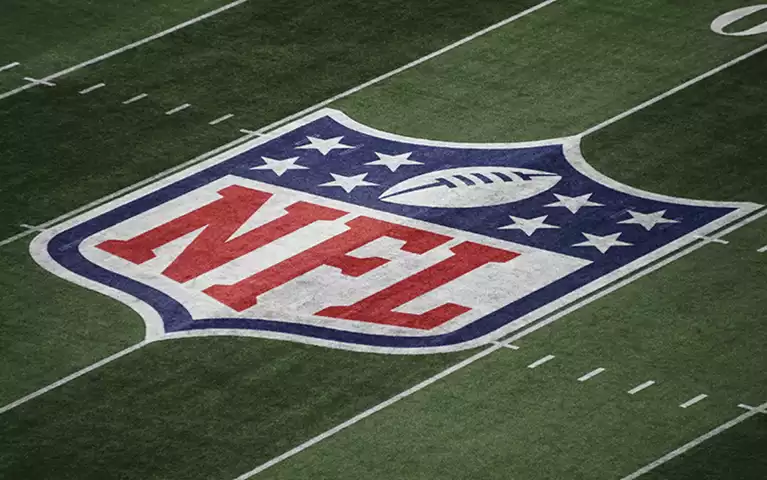One of the most striking differences between American football and rugby lies in the rules that define each sport. These rules not only dictate how the games are played but also shape the tactics, pace, and spirit of the games. Exploring these differences offers insight into how two sports that evolved from the same origins can diverge so distinctly and appeal to different audiences and cultures.
American football and rugby share some basic elements, such as the goal to advance a ball down the field to score points against an opposing team. However, the set of rules governing each sport introduces unique challenges and strategies that are characteristic of each game.
- Scoring:
In American football, the primary method of scoring is the touchdown, worth six points, achieved by carrying or catching the ball in the opposing team’s end zone. Following a touchdown, the team has the option of kicking a field goal for an extra point or attempting a two-point conversion. Additionally, teams can score three points for a field goal by kicking the ball through the opponent’s goalposts during general play. There is also the possibility of scoring a safety, worth two points, which occurs when the defending team tackles an opponent with the ball in their own end zone.
Rugby scores in several different ways. A try, similar to a touchdown, is worth five points and is scored by touching the ball down in the opponents’ in-goal area. Following a try, the team is given the opportunity to kick a conversion for two extra points. Teams can also score through penalty kicks and drop goals, both worth three points, the former awarded for infringements by the opponent and the latter occurring during open play.
- Game Duration and Structure:
American football games are divided into four 15-minute quarters, separated by a 12-minute halftime and a 2-minute break after the first and third quarters. The clock in American football stops for various reasons, such as incomplete passes, time-outs, and changes of possession, which means that games can last significantly longer than the 60 minutes of play time.
Rugby matches are split into two 40-minute halves with a short halftime break. The clock in rugby does not stop as frequently as in American football. It generally only halts for serious injuries or at the referee’s discretion for other stoppages, which ensures that matches fit nearly within their 80-minute allotment.
- Advancement of the Ball:
In American football, the ball can be advanced by either passing it forward to a teammate or running with it. Each team has four downs or chances to advance the ball at least ten yards. If they succeed, they are awarded a new set of downs. This structure leads to a stop-start style of play, with frequent strategic resets and intensive plays designed to gain yards in short bursts.
Conversely, rugby only allows the ball to be passed laterally or backward while players can run forward with the ball or kick it forward to chase. This rule significantly influences the fluidity of rugby, as play does not stop with each tackle. Instead, players contest for the ball in rucks and mauls after a tackle is made, and the game continues flowing until the ball is ruled dead or a score occurs.
- Player Substitutions:
American football teams can have up to 45 players, with free, unlimited substitutions throughout the game. This allows for a specialization of positions, with different players participating in offensive, defensive, or special teams.
Rugby teams consist of 15 players in union and 13 in league, with a limited number of substitutions (usually between 3 and 8 depending on the league). Players must often play both offensive and defensive roles, requiring a high level of stamina and versatility.
- Tackling and Physical Contact:
Tackling rules also differ markedly between the two sports. American football allows tackling using the arms and body to bring the player with the ball down, often leading to forceful, front-on collisions designed to stop the play.
In rugby, tackles are made by grabbing the ball carrier below the shoulders and pulling or pushing them to the ground. Rugby’s tackling rules emphasize player welfare, aiming to reduce the risk of injuries by controlling how tackles are made.
Understanding these differences in rules provides a foundation for appreciating the unique strategic complexities and physical demands of American football and rugby. Each sport offers its distinct blend of strategy, skill, and physicality, making them beloved by fans around the world.




